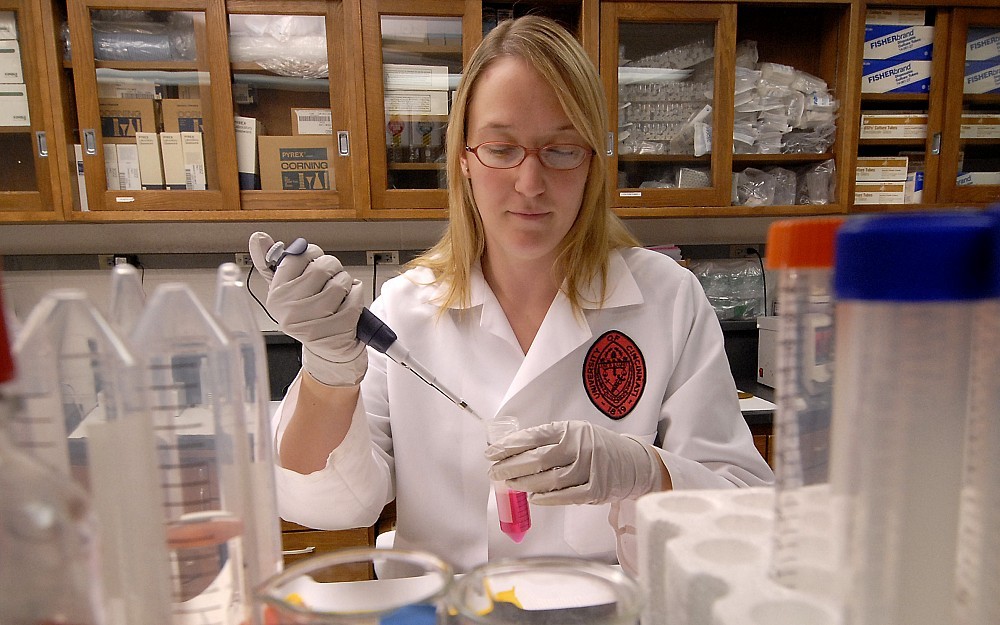
Researchers Study How Mother's High-fat Diet Contributes to Obesity in Children
CINCINNATIThe catch phrase eating for two isnt license for pregnant women to forgo concerns about weight gain during pregnancy, say researchers at the University of Cincinnati (UC).
It is well established that overweight and obese women give birth to larger babies, which increases the childs risks for injury at delivery and makes these babies susceptible to develop obesity and diabetes later in life, says Helen Jones, PhD, a postdoctoral fellow in the obstetrics and gynecology department at the UC College of Medicine.
Exactly which mechanisms cause fetal overgrowth is the basis for a report by Jones now available in the Federation of American Societies for Experimental Biology (FASEB) Journal.
Jones and her collaborators recently developed a novel mouse model in which one group of female mice was fed a normal diet and another group a higher fat diet for eight weeks, and were then mated. The offspring of the mice on the high fat diet were larger by more than one-third, even though the placentas were similar in size at delivery.
The most striking finding in the study, says Jones, was that the high fat diet markedly increased the abundance of two specific nutrient transporter proteins in the placenta. The increased transfer of nutrients to the fetus therefore stimulated fetal growth.
The most important factor triggering the changes in placental function and fetal growth was that the pregnant mice in the model were not yet obese, says the studys principal investigator and co-author Thomas Jansson, MD, PhD, also with the obstetrics and gynecology department.
These studies, Jones says, may help to better understand the underlying causes of fetal overgrowth in the obese woman.
If this holds true for obese women, decreasing dietary fat intake may be effective in decreasing the risk of having a large baby even if the woman remains obese, Jansson says.
The two-year study began in April 2008 and is funded by the National Institutes of Health.
Related Stories
Ancient Maya blessed their ballcourts
April 26, 2024
Using environmental DNA analysis, researchers identified a collection of plants used in ceremonial rituals in the ancient Maya city of Yaxnohcah. The plants, known for their religious associations and medicinal properties, were discovered beneath a plaza floor upon which a ballcourt was built, suggesting the building might have been blessed or consecrated during construction.
OTR mural centerpiece of 'big' celebration of UC alumni
April 26, 2024
New downtown artwork salutes 18 alumni award recipients who personify UC’s alumni success.
2024 Daniel Drake Medals to be awarded April 27
April 24, 2024
The UC College of Medicine will award three people with 2024 Daniel Drake Medals April 27.
